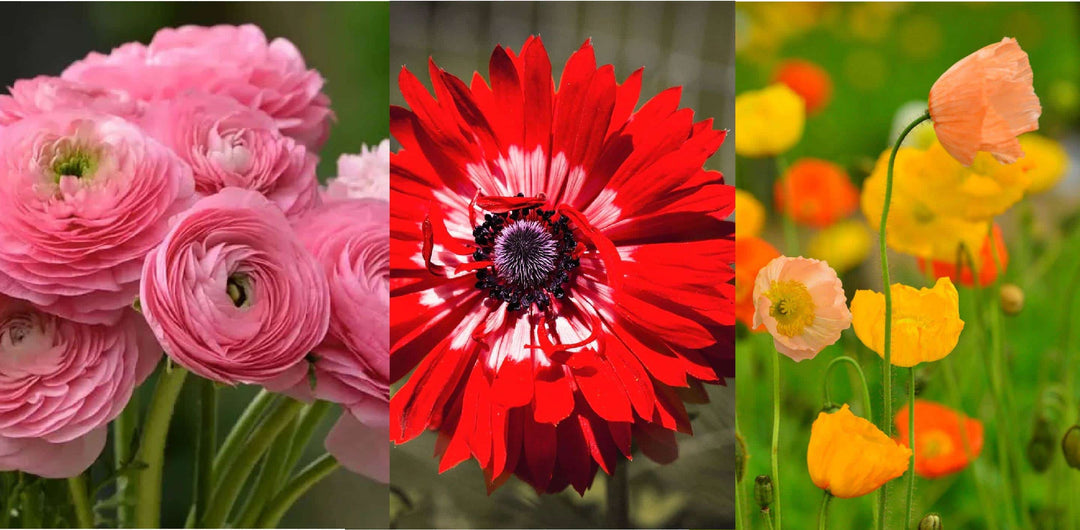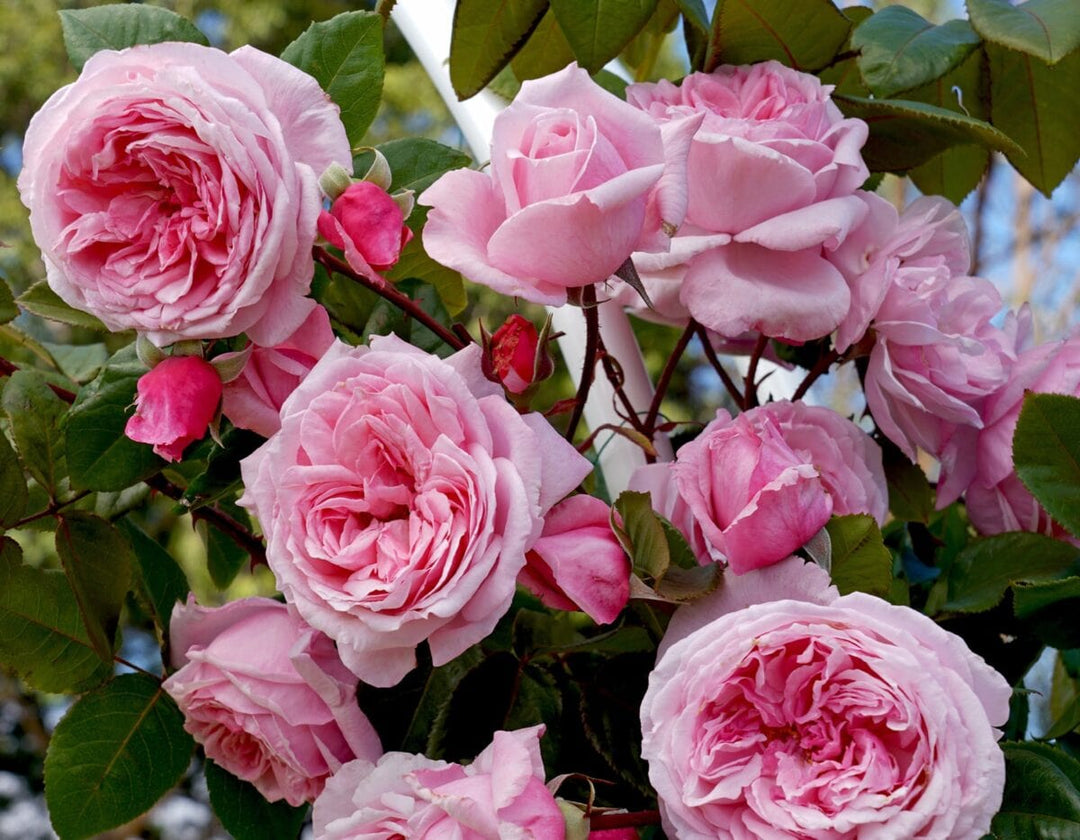Top 5: Spring Planting Trees
Once upon a summer, somewhere, someone planted a tree during the year's hottest season. The end of the story did not end in a happy ever after with luscious green leaves, as the tree was unable to grow in such hot conditions. We're here to make your summer tree planting dreams come true this year! There is still time to give your new trees the happy ever after they deserve. With Spring still in bloom, the soil is moist, and the temperatures are right. If planting a summer tree is on your gardening agenda, we will help you make the right choices with our top 5 favourite trees to plant this Spring.
1. Magnolia Tree


Well known for their enormous and fragrant blooms from February until June. Magnolia trees belong to the Magnoliaceae family and originate from Southeast Asia and North America. Used in traditional Chinese medicines for its healing abilities. Gifted as a symbol of purity and nobility.
Sun: Full sun to light shade.Water: Once weekly for two seasons, bi-weekly after that.
Soil: Well-drained soil, slightly acidic, with a pH of 5.0 to 6.0.
Zone: 7-10
2. Dogwood


Famous for their unique blossoms, bark and berries, Dogwood trees belong to the Cornaceae family. Dogwoods originate in Europe, Eastern Asia and North America. They have been a symbol of rebirth and are closely tied to many religions. With over 17 varieties, American Dogwood has been used to treat ailments like headaches and fevers.
Sun: Full sun to partial shade.Water: Once weekly, six inches deep.
Soil: Well-drained, slightly acidic, with a pH of 5.5 to 6.0 pH.
Zone: 5-9
3. Red Maple


Also known as Acer Rubrum, Swamp Maple, Water Maple or Soft Maple. The Red Maple creates bursts of colour across landscapes year-round, with tall bright red leaves. Native to easter and central America, the Red Maple can reach up to 40 to 70 feet tall and 30 to 50 feet wide.
Sun: Full sun to partial shade.Water: Frequent watering. Twice weekly and three to four times during droughts.
Soil: Acidic, loamy and well-drained soil with a pH of 4.5-6.5.
Zone: 3-9
4. Cherry Tree


With many symbols and representations, it is said that gifting someone with a Cherry Tree blossom brings good fortune and beginnings to its receiver. If you're lucky enough to care for a blossom tree, you can expect gorgeous spring blooms delivering soft scents of lilac to your home.
Sun: Full sun.Water: Initially, water deeply every two or three days. Then, once a week.
Soil: Well-drained, fertile soil with a pH of 6.0 to 6.5.
Zone: 5-7
5. Tulip Tree


With blooms that resemble tulips, it's no wonder how the Tulip Tree got its name. Belonging to the magnolia family, there are two main types of Tulip Trees; the Chinese Tulip Tree and American Tulip Tree, with very little difference between the two. Growing up to 70-90 feet tall and 40 feet wide, the Tulip Tree can live up to 500 years old. The Tulip Tree is a long-standing symbol of liberty and democracy.
Sun: Full sun
Water: Frequently water, with five to seven gallons per week or when the top 3 inches of soil are dry.
Soil: Slightly acidic, well-drained soil with a pH of 5.0-8.0.
Zone: 4-9
Pro-Tips


As the weather warms up it's important to remember that your new tree will require watering more frequently. With the summers we've been having, we recommend having tree watering bags on hand to ensure your tree gets the water it needs. Tree bags are a great way to provide a slow release of water over five to eight hours to ensure your tree isn't overwatered or underwatered. They can be used on new trees and mature trees and are a fantastic cost cutting practice for water consumption.
Don't forget! New trees require plenty of food to help them establish strong healthy roots, we recommend using Bone Meal 2-13-0. After planting be sure to use a good amount of mulch to further assist with retaining moisture in your soil.
For more inspiration and advice for growing trees, check out our latest episode of Get Up and Grow, with our President Gord Nickel, Tips for Growing Weeping Japanese Maples" below.









